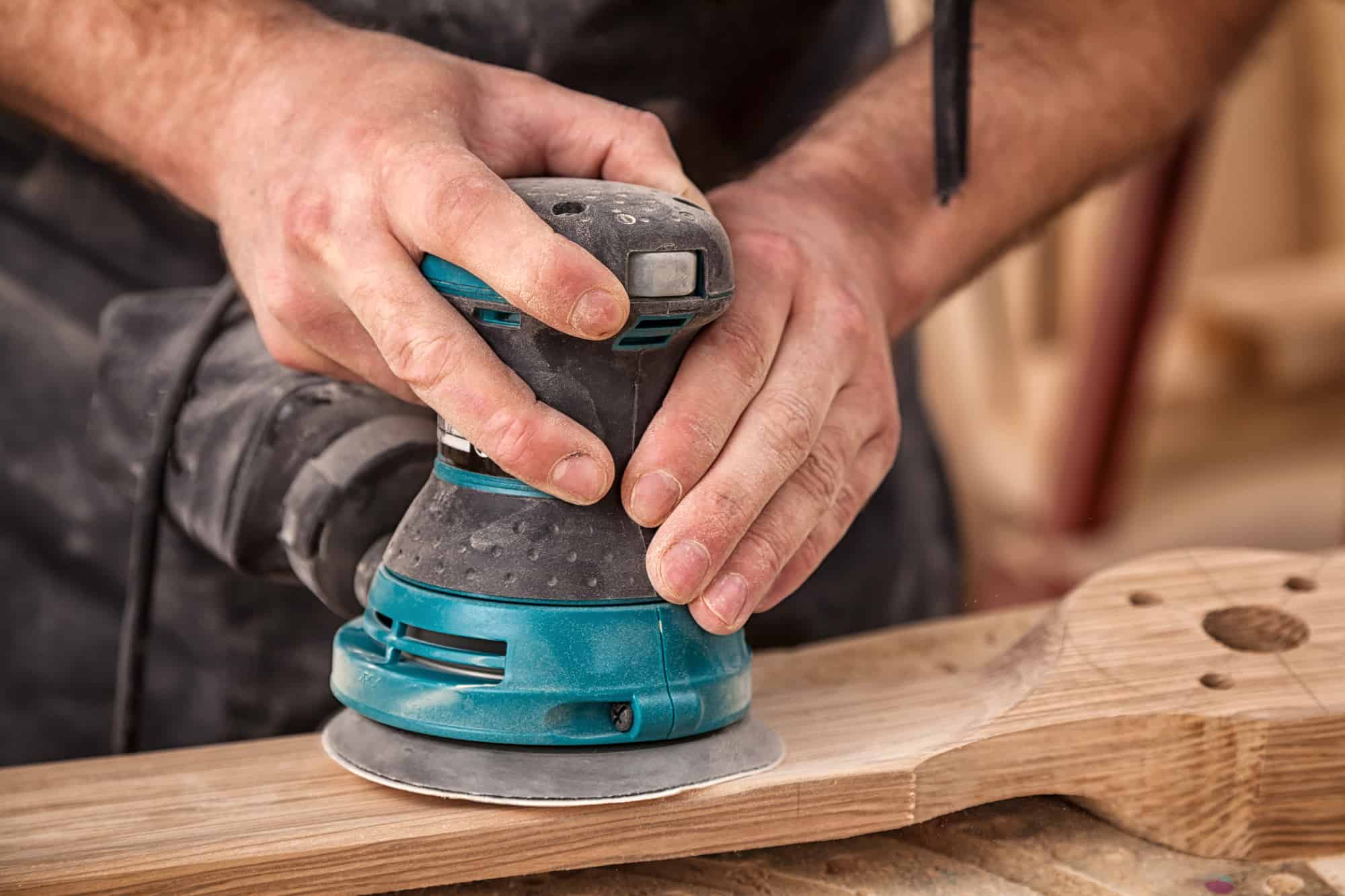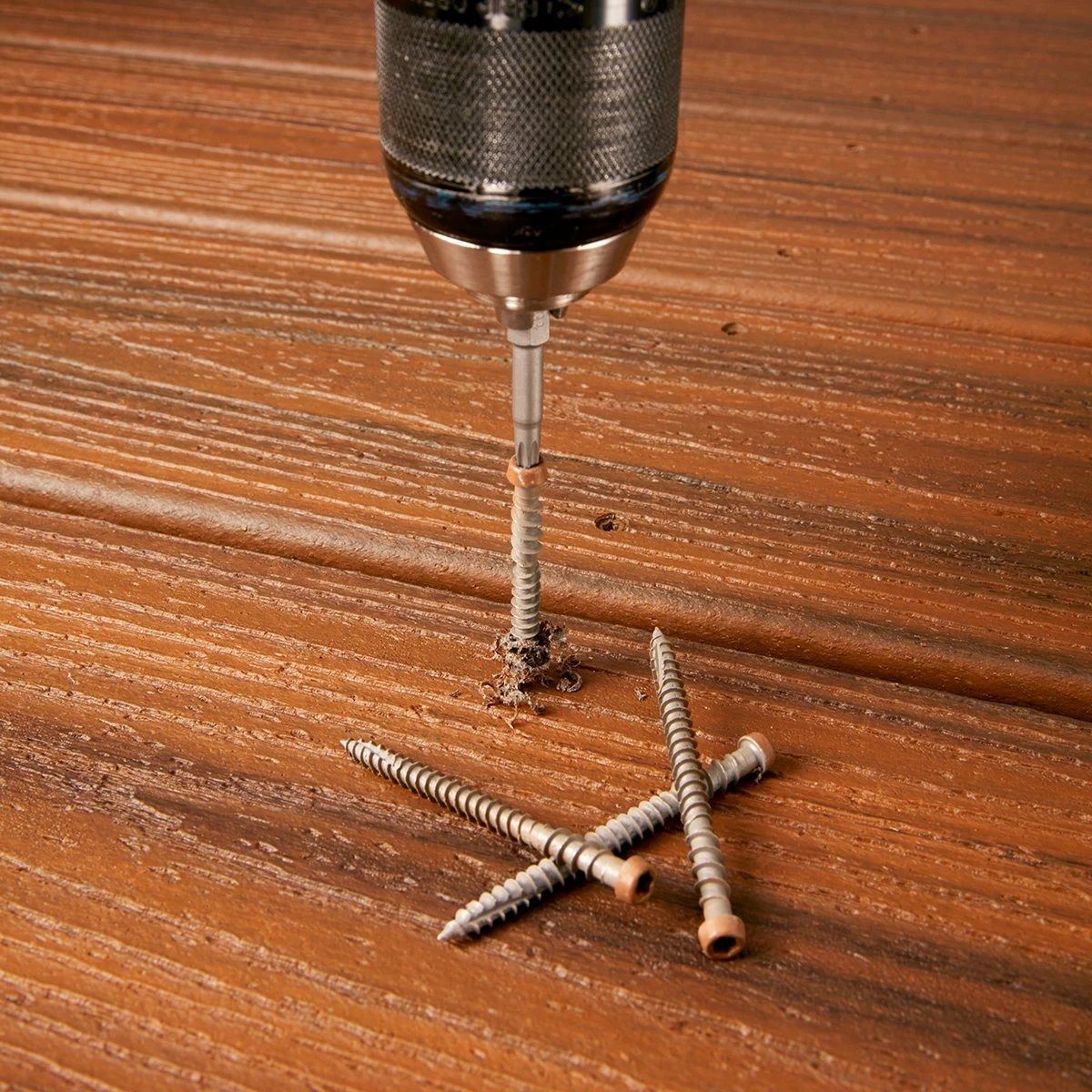Home>Articles>Modern Solutions for Cozy Living: Choosing the Right Furnace for Your Home


Articles
Modern Solutions for Cozy Living: Choosing the Right Furnace for Your Home
Modified: October 31, 2024
Discover the best modern furnaces for a cozy home with our guide on efficient and stylish heating solutions.
(Many of the links in this article redirect to a specific reviewed product. Your purchase of these products through affiliate links helps to generate commission for Storables.com, at no extra cost. Learn more)
When it comes to home comfort, selecting the appropriate furnace is just as important as choosing the right types of air handlers for your cooling system. A furnace is a critical component of your home’s heating system, responsible for keeping you and your family warm during the colder months.
Understanding Different Types of Furnaces
Choosing the right furnace for your home can make a significant difference in comfort and energy efficiency. There are various types of furnaces to consider. Gas furnaces are popular for their efficiency and lower operating costs. They are generally more cost-effective in the long run but require a gas line connection. Electric furnaces, on the other hand, are easier to install and have a lower initial cost but may lead to higher electricity bills. Oil furnaces are another option. They are often used in areas without natural gas availability and are efficient but require regular maintenance. Propane furnaces are suitable for rural areas where other fuels might not be available.
Read more: Choosing The Right Lighting For A Cozy Home
Factors to Consider When Choosing a Furnace
When selecting a furnace, several factors come into play. Firstly, consider the size and layout of your home so that you can find a mini split air handler if you know that you want something slightly smaller but that can easily warm the home. Larger homes may need a more powerful system to ensure even heating throughout. Energy efficiency ratings, like the Annual Fuel Utilization Efficiency (AFUE), help you gauge long-term savings against initial costs. Compatibility with existing HVAC systems is also crucial, especially if you’re integrating new equipment into an older setup.
Installation Tips and Considerations
Installing a furnace can be complex and it’s often best left to professionals for safety and efficiency as a whole. Proper sizing is crucial; an undersized unit will struggle to heat your home, while an oversized one will cycle on and off frequently, wasting energy. There are many mini split air handler options out there that you should seriously consider researching so that your home is thoroughly cooled and warmed in the places where it counts most. This takes you to the next point, namely that placement also matters – make sure there is adequate ventilation around the unit. Safety precautions during installation include checking for gas leaks (if applicable) and securing electrical connections properly.
Maintenance and Upkeep
To keep your furnace running smoothly, regular maintenance is essential. This includes cleaning or replacing filters every few months and having annual inspections by professionals to catch any potential issues early. Troubleshooting common problems, such as uneven heating or strange noises, can often be resolved by checking filter cleanliness or ensuring vents are unobstructed.
Importance of Indoor Air Quality
Good indoor air quality is vital for health and comfort. Poor air quality can lead to allergies, respiratory issues and general discomfort at home. Common indoor pollutants include dust, pet dander, mold spores and volatile organic compounds (VOCs) from household products. Improving air quality enhances overall home comfort and well-being and having a constant circulation through a mini split air handler is a clever and easy way of achieving this.
Essential Air Quality Products
Several products can significantly improve indoor air quality. Air purifiers come in various types. HEPA filters are excellent for trapping allergens, while activated carbon filters remove odors and VOCs. Humidifiers add moisture to dry air, which is beneficial during winter months or in arid climates. Conversely, dehumidifiers remove excess moisture that can lead to mold growth. Ventilation systems improve airflow, reducing stale air buildup.
Choosing the Right Air Quality Products for Your Home
Assess your home’s specific air quality needs before purchasing products. For instance, if allergies are a concern, invest in a HEPA air purifier. If you live in a humid area prone to mold, a dehumidifier could be crucial. Budget considerations also play a role; prioritize the most pressing issues first and expand your arsenal of air quality tools over time.
Real-life Scenarios for Improved Air Quality
Imagine a family with severe allergies installing a HEPA air purifier in their living room. This simple addition can drastically reduce allergens like pollen and pet dander in the air they breathe daily. Another example is a home located in a humid region where mold was becoming an issue. Using a dehumidifier helped maintain balanced moisture levels and prevent mold growth.
Tips for Maintaining Good Air Quality
Maintaining good indoor air quality requires ongoing effort. Regular cleaning routines help reduce dust and pet dander accumulation. Replacing filters on purifiers and HVAC systems as per manufacturer recommendations ensures they continue working effectively. Proper ventilation is also key. Open windows occasionally to let fresh air in or use exhaust fans to remove stale air from bathrooms and kitchens.
Read more: Cozy Corners: Transform Your Living Space
Essential HVAC Tools Every Homeowner Should Have
Every homeowner tackling HVAC projects should have basic tools like screwdrivers, wrenches, and pliers on hand. More specialized tools include HVAC gauges to measure refrigerant pressure accurately and multimeters for electrical diagnostics.
Advanced HVAC Tools for DIY Enthusiasts
For those more experienced with DIY projects, advanced tools can make tasks easier and safer. Leak detectors help identify refrigerant leaks in systems efficiently without guesswork. Vacuum pumps are essential for removing contaminants from refrigerant lines before recharging the system.
Examples of Using HVAC Tools Effectively
Consider someone installing a new system in their home office. Using HVAC gauges ensured accurate refrigerant levels were maintained throughout the process. Another example involves using leak detectors when troubleshooting an underperforming system – pinpointing leaks quickly allows timely repairs without unnecessary downtime.
Having the right HVAC tools on hand can transform intimidating tasks into manageable projects, ensuring your home remains comfortable year-round.
Was this page helpful?
At Storables.com, we guarantee accurate and reliable information. Our content, validated by Expert Board Contributors, is crafted following stringent Editorial Policies. We're committed to providing you with well-researched, expert-backed insights for all your informational needs.














0 thoughts on “Modern Solutions for Cozy Living: Choosing the Right Furnace for Your Home”